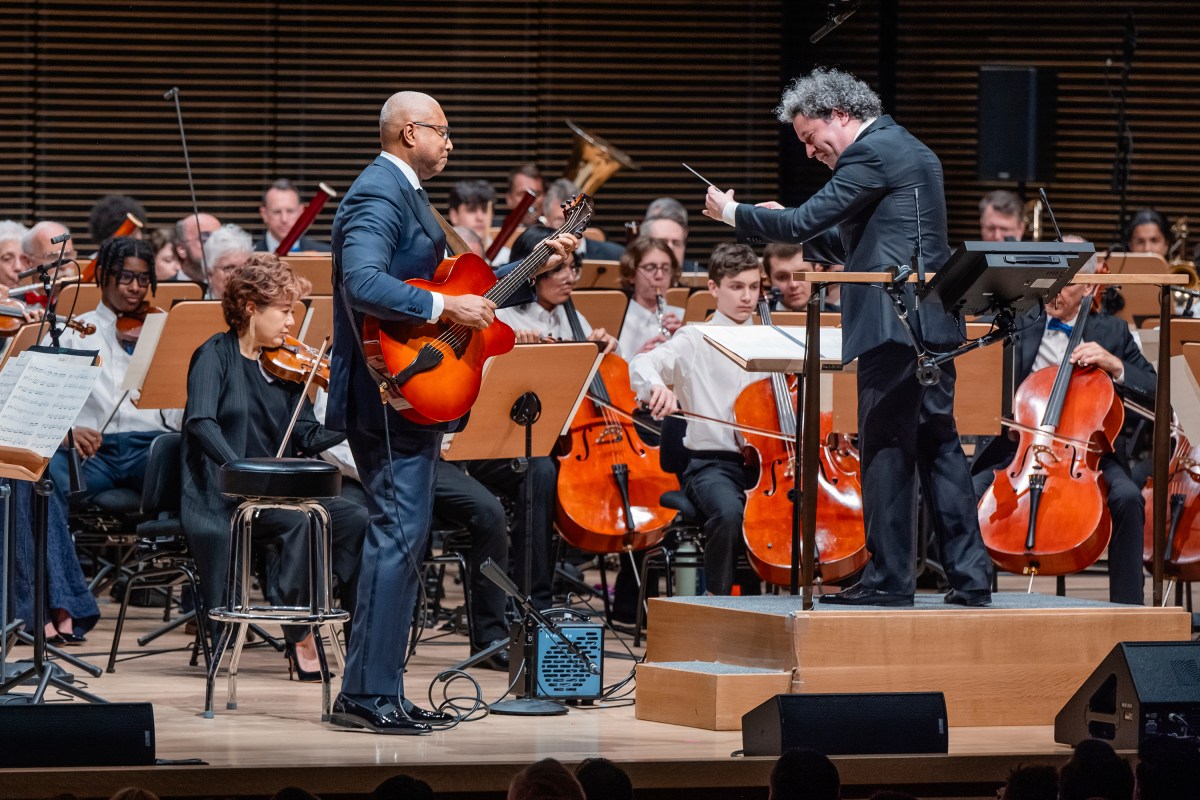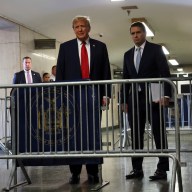At a grocery store in Seattle, shoppers grab their food, and instead of waiting in the checkout line, they just leave. No, they’re not shoplifting. They’re at Amazon Go.
The first-ever Amazon Go store is an 1,800-square-foot supermarket without cash registers or check stands. Business Insider called it the “grocery store of the future.” Shoppers must come armed with an Amazon account, a supported smartphone and the free Amazon Go app as they take advantage of what Amazon has dubbed “Just Walk Out Technology.” Shopperstap their phones on a turnstile on the way in. The technology detects when products are taken off or put back onto the shelf and tracks the selected items in a virtual cart. After shopping, customers head out the front door with their chosen products. Amazon bills their account and sends a receipt. Amazon Go is limited to employees of the online giant during its testing stage, but the company says it plans to open the store to the public “in early 2017.” Potential shoppers can sign up to be notified when the store opens. An Amazon spokesperson declined to comment on future locations or offer further details about Amazon Go. For now, industry observers and hopeful shoppers watch and wait as the experiment unfolds.
Ready, set, Amazon Go?
In a survey of 1,000 Americans by Shorr Packaging Corp., 84% of respondents said they see Amazon Go as a type of grocery shopping experience that they would enjoy more than traditional grocery shopping. “It seems like people are open to the disruption in the grocery industry,” says Kyle Olson, senior content manager at Digital Third Coast, a company that collaborated with Shorr on the survey.
But not everyone is ready to ditch traditional checkouts. Twenty percent of respondents said they feel they would be losing out on something by shopping at an Amazon Go store versus a traditional grocery store; drawbacks cited in the survey included the lack of ability to use coupons, lack of product selection and lack of social interaction. Baby boomers were less likely than other generations to embrace the no-checkout technology; over 30% said they would be somewhat likely or not likely to shop at an Amazon Go store if they lived near one. Millennial respondents were five times more likely than baby boomers to be “extremely likely” to shop at an Amazon Go store if one opened up nearby, according to the survey. “Millennials in general are used to online shopping environments and having our credit card information saved so we can purchase something quickly, or using our phones at checkout if we are at a brick-and-mortar location,” Olson says. “We’re fairly technologically ready in that sense.” The challenges ahead
Not all industry observers expect Amazon Go’s retail experiment to be an overnight success.
Bob Phibbs, CEO of New York retail consultancy firm The Retail Doctor, suspects Amazon will try to license the technology behind the retail experience. But he’s skeptical that it’ll work immediately on a large scale, saying it’s a “far cry” from a boutique test to a supermarket that’s completely automated. And accuracy will be essential, James Tenser, principal of content marketing advisory firm VSN Strategies, said in an email. “Ninety-nine percent is not good enough for a retailer anticipating tens of thousands of transactions.” While the technology works on a small scale, there’s a lot to figure out before the no-checkout, no-line approach catches on at every grocery store, says Mark E. Bergen, chair in marketing at the University of Minnesota’s Carlson School of Management. “I think all of us are ready for shorter lines, more efficiency and using technology to our benefit,” Bergen says. But shoppers may not embrace all the practical realities of this type of retail experience. No checkout? You’ll have to bag your own groceries. No cash register? That could make it difficult to stock items that aren’t easily trackable. And no cash payments? Shopping will occur via an app where Amazon can gather a lot of data about you and your eating habits. Right now, Amazon Go is a single store. There’s much to be perfected before complete automation is possible (and profitable) on a larger scale.
“Everyone in retail has already been paying attention, will look to see how this works and see if there are elements of what they do that they can automate,” Bergen says. “Then it’ll all be around competing on experience and price.” Courtney Jespersen is a staff writer at NerdWallet, a personal finance website. Email: courtney@nerdwallet.com. Twitter: @courtneynerd. The article Tap, Shop, Walk. Could Amazon Go Change the Way We Buy? originally appeared on NerdWallet.
















